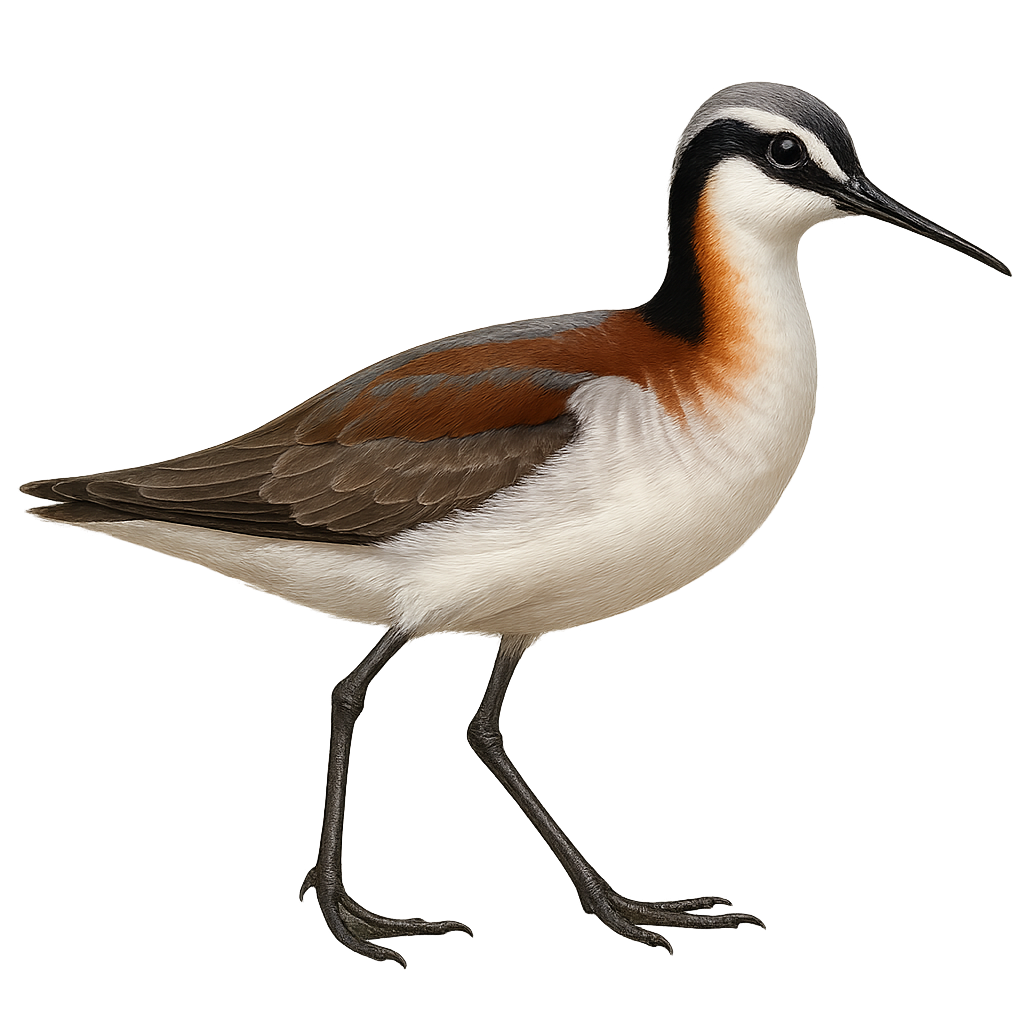Your wildlife photography guide.
Explore the wilson's phalarope in detail, study its behavior, prepare your shots.
Where to observe and photograph the wilson's phalarope in the wild
Learn where and when to spot the wilson's phalarope in the wild, how to identify the species based on distinctive features, and what natural environments it inhabits. The WildlifePhotographer app offers tailored photography tips that reflect the wilson's phalarope’s behavior, helping you capture better wildlife images. Explore the full species profile for key information including description, habitat, active periods, and approach techniques.
Wilson's Phalarope
Scientific name: Phalaropus tricolor

IUCN Status: Least Concern
Family: SCOLOPACIDAE
Group: Birds
Sensitivity to human approach: Suspicious
Minimum approach distance: 15 m
Courtship display: May to June
Incubation: 18-20 jours
Hatchings: May to July
Habitat:
wetlands, marshes, lakes
Activity period :
Primarily active during the day, with peak activity in the morning and late afternoon.
Identification and description:
The Wilson's Phalarope, or Phalaropus tricolor, is an elegant and graceful bird belonging to the Scolopacidae family. It is easily recognizable by its distinctive plumage, with shades of gray, white, and brown, and its long, thin beak. This phalarope is unique for its reversed breeding behavior, where traditional roles are swapped: females are more colorful and court males, while males incubate the eggs and care for the young. It is primarily found in the wetlands of North America, where it feeds on small aquatic invertebrates. As a migratory bird, it travels long distances to reach its wintering grounds in South America.
Recommended lens:
400mm – adjust based on distance, desired framing (portrait or habitat), and approach conditions.
Photography tips:
To photograph the Wilson's Phalarope, it is advisable to use a telephoto lens of at least 400mm to capture precise details without disturbing the bird. Look for wetlands where they actively feed. Morning or afternoon light is ideal to highlight the subtle colors of their plumage. Be patient and discreet, as although these birds are suspicious, they can get used to a calm and still presence.
The WildlifePhotographer App is coming soon!
Be the first to explore the best nature spots, track rutting seasons, log your observations, and observe more wildlife.
Already 1 432 wildlife lovers subscribed worldwide

